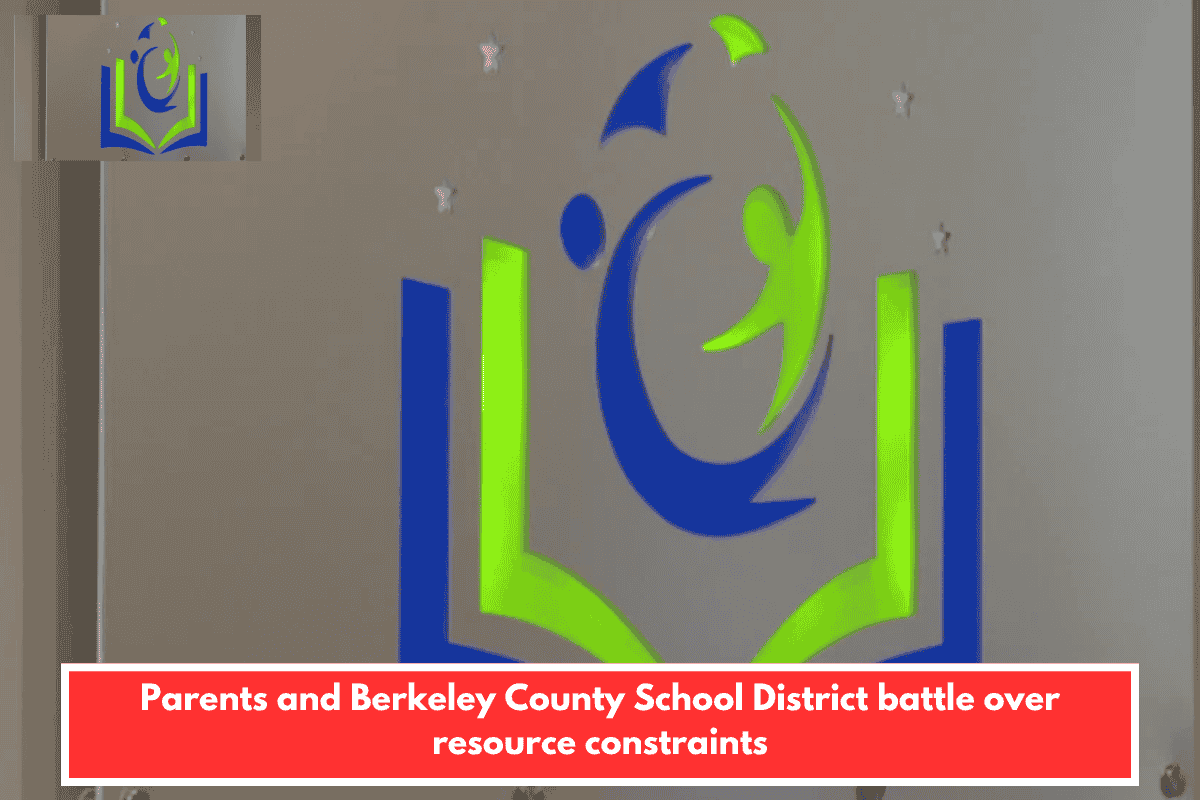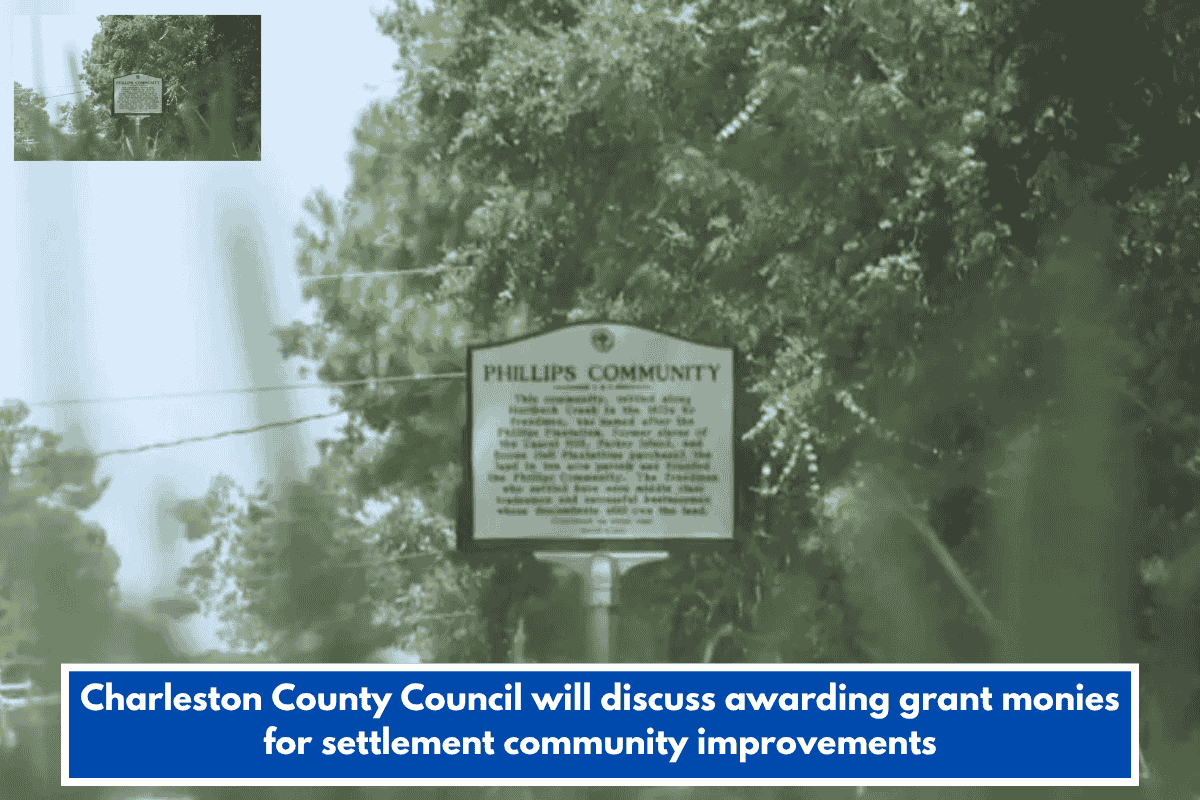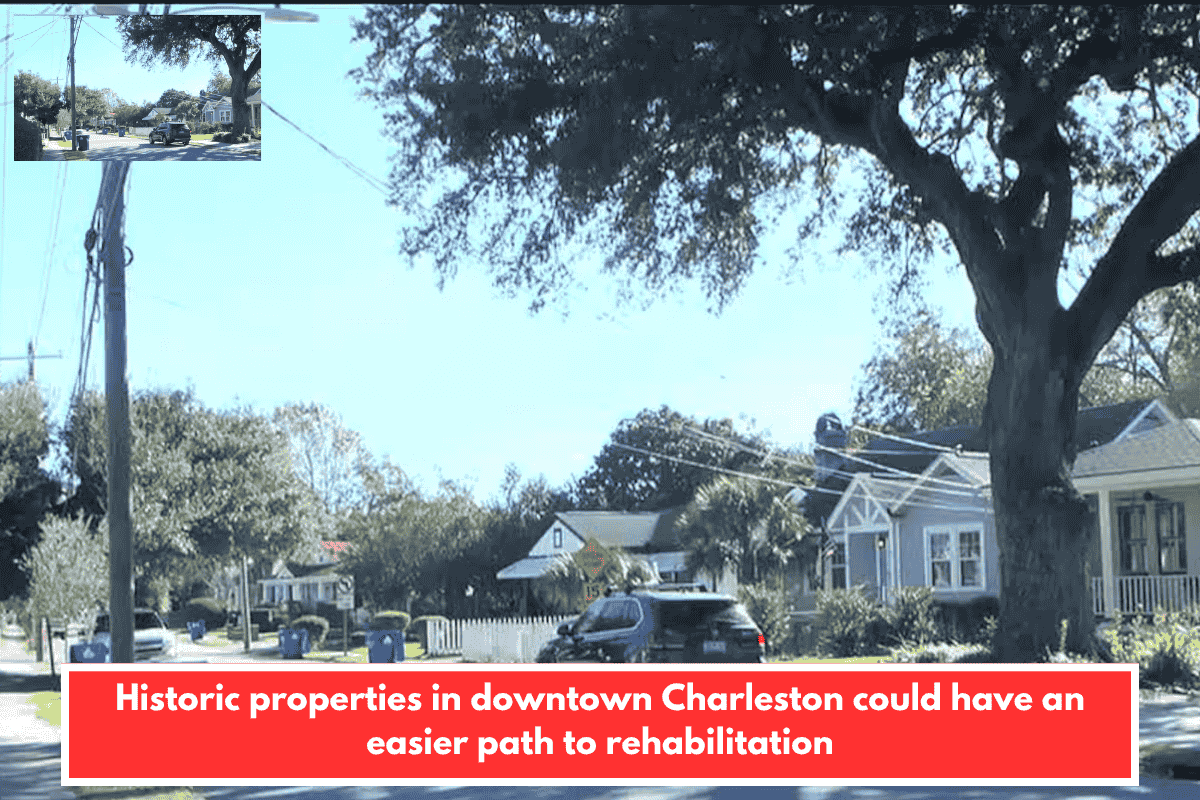Since 2012, the Leapfrog Group, an independent national nonprofit dedicated to patient safety, has worked with national health care professionals to provide hospital safety scores.
These studies, which are issued every spring and fall, are intended to increase transparency in the US health-care system.
The survey results are meant to be used to educate consumers and purchasers about the safety and quality of health care facilities in their community, allowing them to select the best option for their care.
Hospitals are graded with letters ranging from ‘A’ to ‘F’. With the fall findings announced on Nov. 13, here’s how Lowcountry hospitals scored and which ones are the most dangerous.
Rankings for Beaufort County hospitals
No hospitals in Beaufort County received a ‘A’ grade. The hospital with the lowest rank was:
Hilton Head Medical Center: C.
The hospitals with the highest rankings were:
Beaufort Memorial Hospital: B.
Coastal Carolina Medical Center: B.
Rankings of Savannah area hospitals
No hospitals in the Savannah region received a ‘A’ or ‘B’ in the most recent rating; the scores were:
Memorial Health University Medical Centre: C.
Candler Hospital: D.
Saint Joseph’s Hospital: F
Rankings of Charleston area hospitals
Hospitals in and near Charleston showed only one ‘C’ grade:
Medical University of South Carolina Medical Center: C.
The following hospitals received a ‘B’ or higher:
Roper St. Francis Healthcare and Bon Secours St. Francis Hospital: B
Trident Medical Center: B.
Summerville Medical Center: B.
Roper Hospital: A.
East Cooper Medical Center: A.
Roper St. Francis Healthcare, Mount Pleasant Hospital: A
Roper St. Francis Healthcare, Berkeley Hospital: A
HCA Healthcare Colleton Hospital: A.
How are hospitals graded?
The biennial safety grades are issued to all general hospitals in the United States based on their capacity to safeguard patients from medical errors, accidents, injuries, and infections, with letter grades of ‘A,’ ‘B,’ ‘C,’ ‘D,’ or ‘F’.
According to the Leapfrog Group, these are preventable issues that damage one-fourth of hospital inpatients and cause up to 250,000 fatalities each year.
According to the Leapfrog Group, 22 metrics are used to determine hospital safety grades, which are separated into two domains, each accounting for 50% of the overall score:
Process and structural measures represent the frequency with which a hospital provides patients with approved therapy for a specific medical ailment or procedure, as well as the environment in which patients get care.
Outcome measures describe what occurs to a patient while receiving care.
The survey’s metrics are based on cutting-edge science and were chosen with the assistance of scientific experts from the Armstrong Institute for Patient Safety at Johns Hopkins Medicine.
Even with differing results, Leapfrog recommends that people never refuse emergency care because of a hospital’s safety rating.
Grading South Carolina
Overall, 52 hospitals in South Carolina were included in the fall rating, 21 of which received a ‘A’.
17 hospitals in the state scored a ‘B’, while 12 others received ‘C’ ratings. Piedmont Medical Center in Rock Hill was the only location that received a ‘D’ grade.
No Palmetto State hospitals scored a ‘F’ in the autumn grading. One hospital, MUSC Health – Marion Medical Center in Mullins, was not rated.
South Carolina fell to tenth place nationally, down from fifth in the spring rankings. Of the hospitals in the Palmetto State, 41.2% received a ‘A’ rating, which was lower than the spring (47.1%).
How should grades be used?
According to Leapfrog, the survey results are used to educate consumers and purchasers about the safety and quality of health care facilities in their community, allowing them to select the best provider for their care.
However, because an emergency can strike at any time, Leapfrog encourages customers to educate themselves about the safety of their local hospitals so that they are prepared if one occurs.
Hospitals voluntarily contribute data to the Leapfrog Group in order to be honest about their procedures, operations, patient safety, and care quality.
Hospitals differ in terms of infection rates, surgical blunders, patient injuries, and ER wait times, therefore using safety grades and studying possibilities is vital when making your own medical decisions, according to the group. Leapfrog also recommends consulting with a doctor to determine the appropriate hospital for planned, elective operations.
What should be done regarding a hospital error?
According to Leapfrog, if you are concerned, believe something may go wrong, or see an error in a hospital, you can take action. This includes:
Contact someone immediately.
If no one you know is there, report the occurrence right away. All health-care workers are available to assist.
Discuss the matter in a respectful yet forceful manner.
If the error occurs to you, speak with a hospital personnel who can investigate and address the situation.
Make it clear that you expect to hear back about the issue and that you want to see something done to correct the error.
You or a family member should follow up after reporting. If you do not receive a response during your stay or immediately after release, please contact the hospital’s customer service, patient advocacy, or patient and family relations departments.
Many hospitals offer a formal procedure for reporting problems, such as a suggestion box or a hotline. The Leapfrog Group suggests using these systems to resolve any difficulties.














